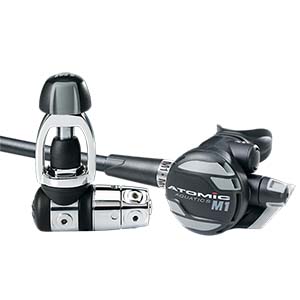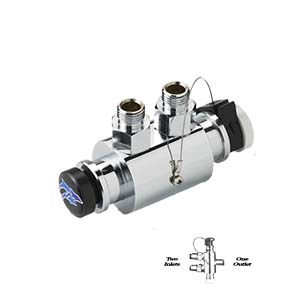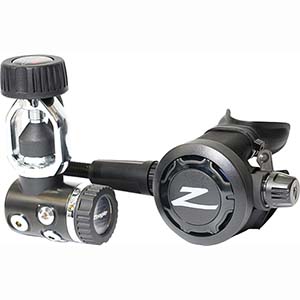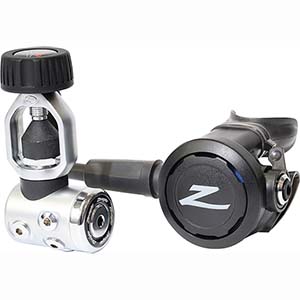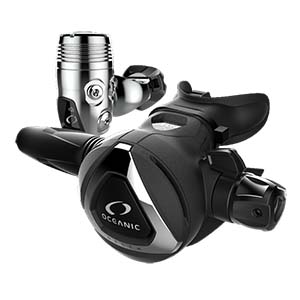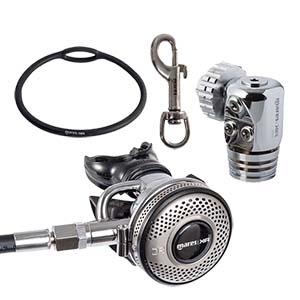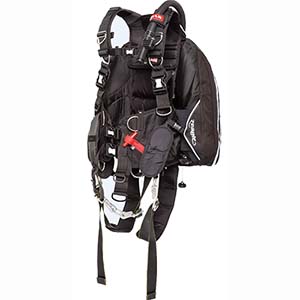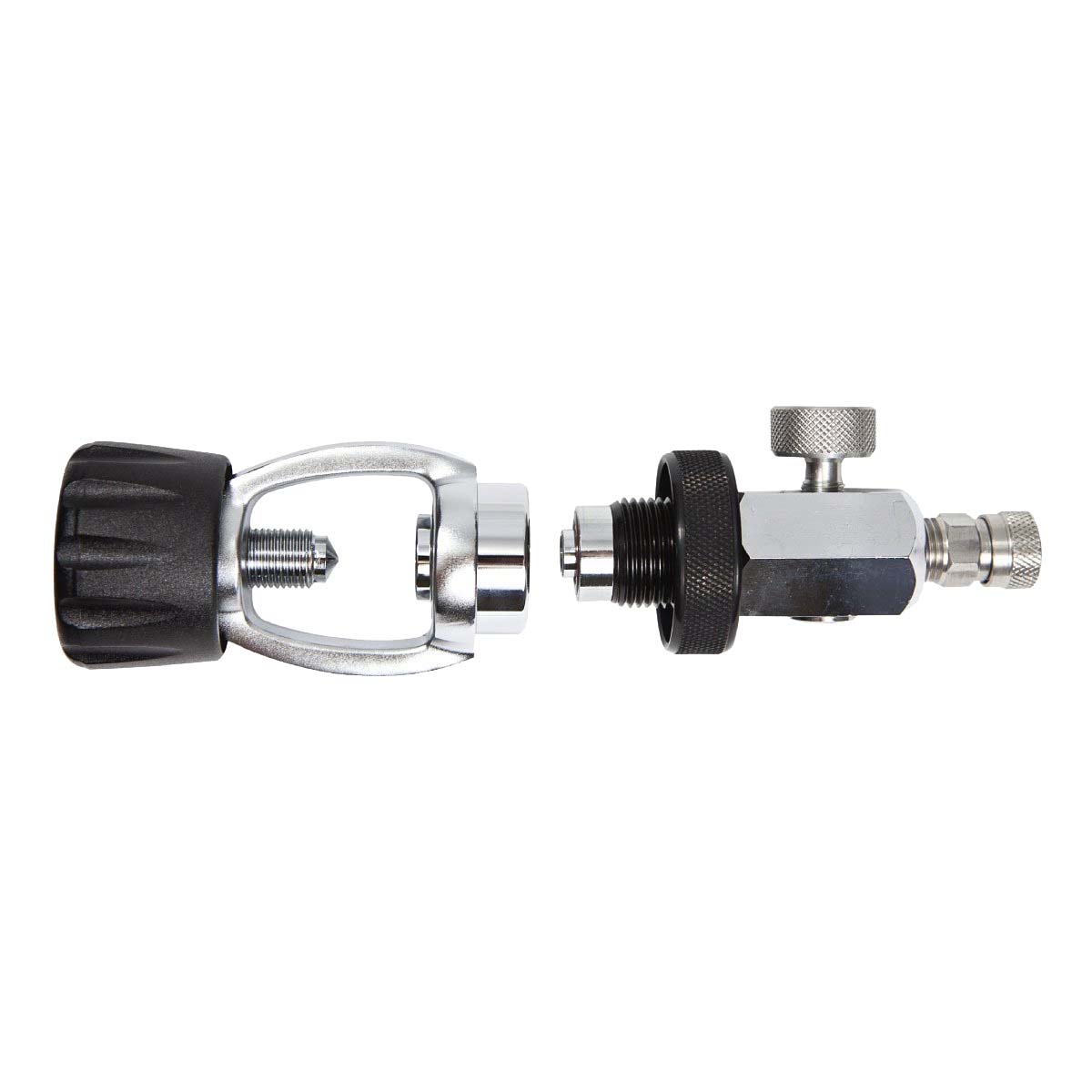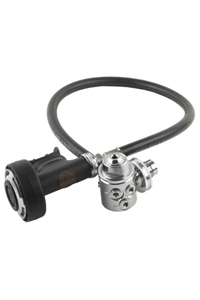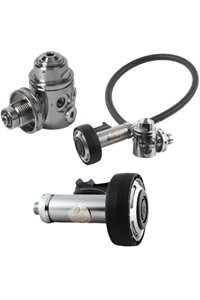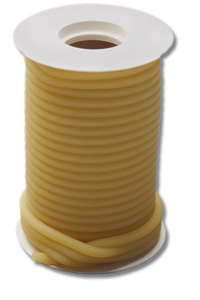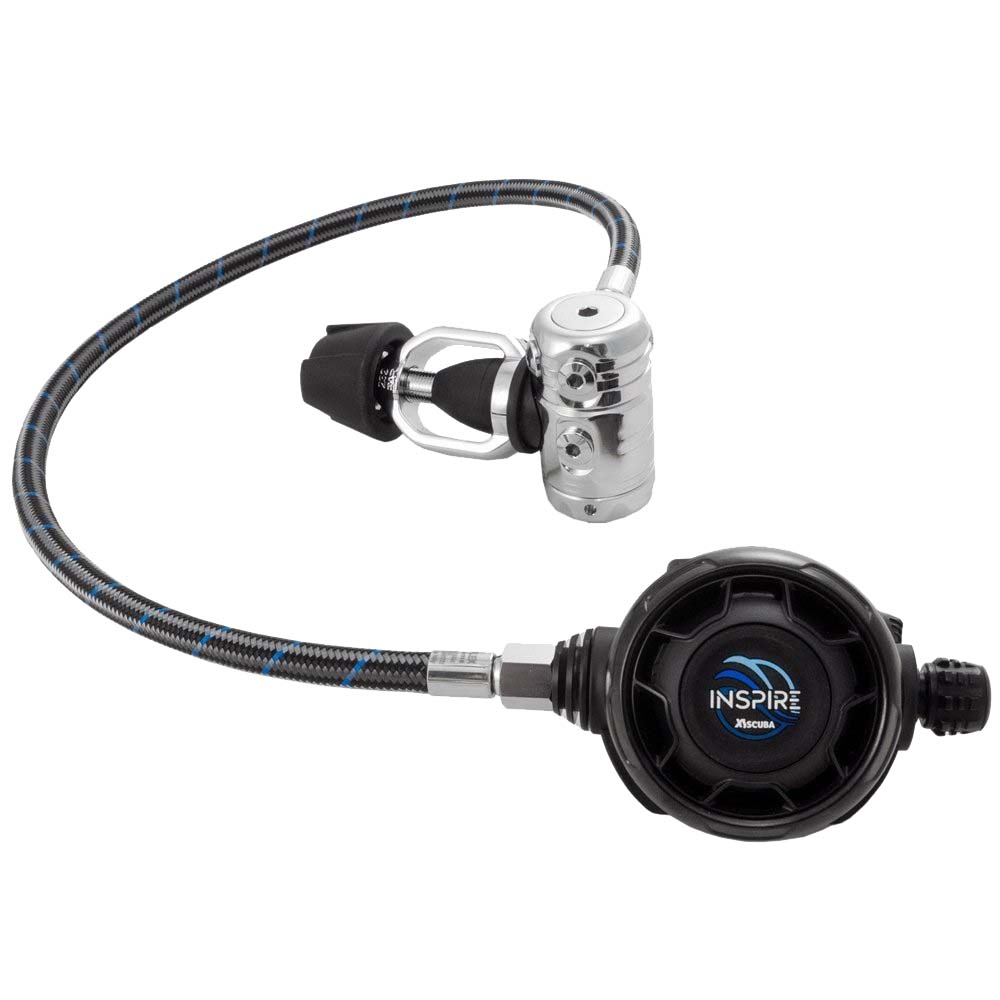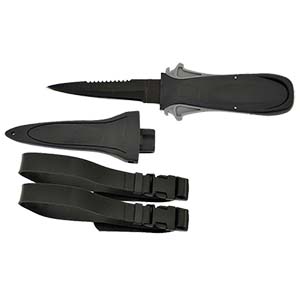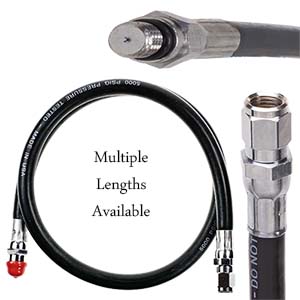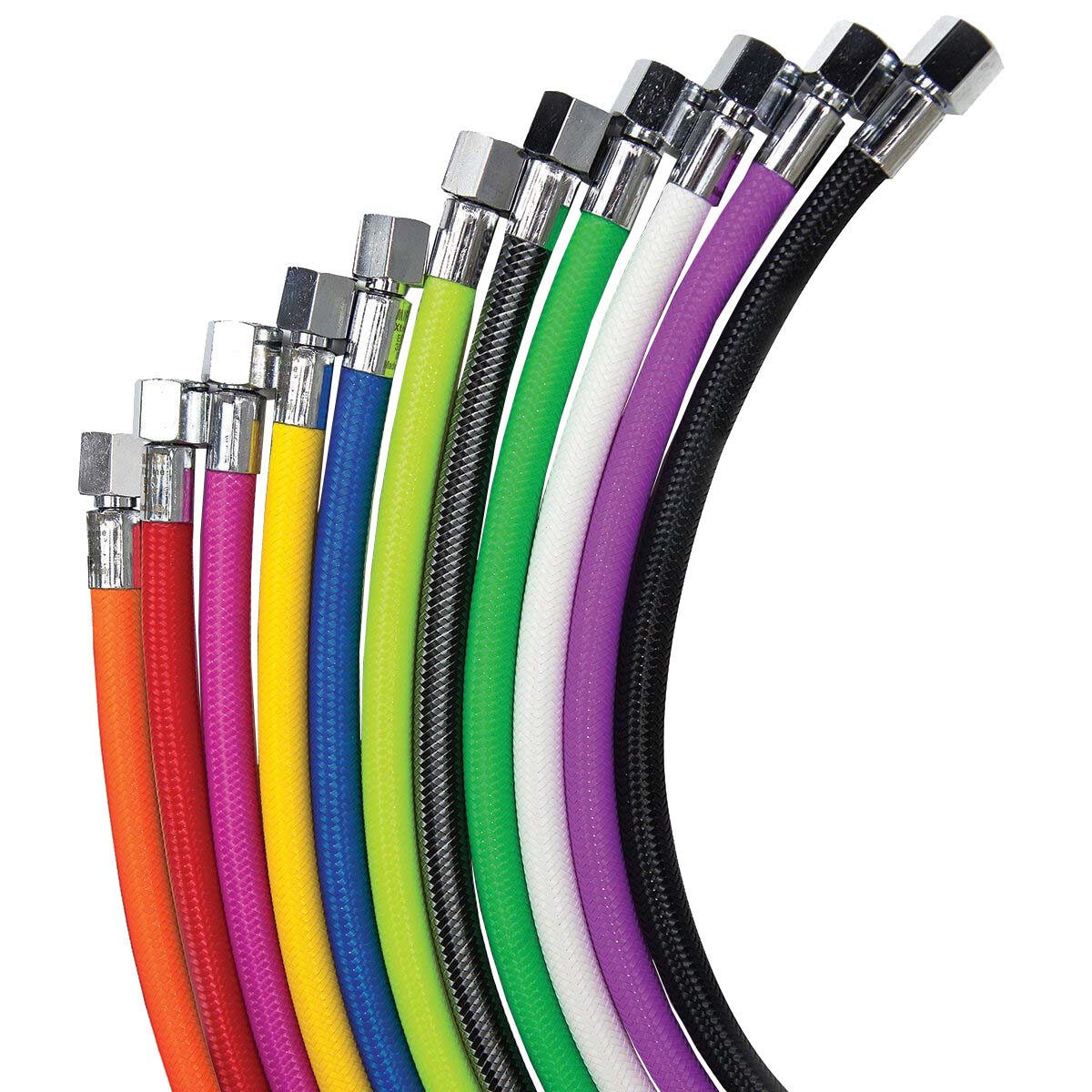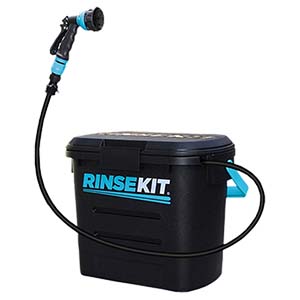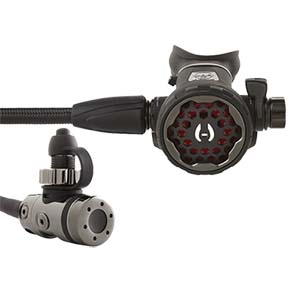Charles' Law
Gas Volumes and Heat
There is another way to make a balloon smaller other than pushing it underwater. You can put itin the freezer. When you heat up a gas, the molecules that the gas is made up of move faster. Inour balloon example, this increase in molecular motion causes the molecules to hit the sides of theballoon more often, and with more force, making the balloon expand. Cooling the gas wouldhave the inverse effect, making the balloon smaller.While not too important when dealing with balloons, this concept has other applications. Forexample a full scuba tank, if left in the sun, will heat up. This causes the molecules in the air inthe tank to move faster. Unlike the balloon which would expand, the tank is a rigid container thatwill not expand. This increase in motion then raises the pressure inside the tank. In fact, a fullscuba tank will gain about 5-6 psi for every degree of temperature increase.
This is one reason that full tanks should not be left in a hot trunk of a car. A tank filled to 3000psi could easily reach 3500 psi if the temperature of it increased substantially. There have alsobeen several cases where full scuba tanks, involved in boat fires, have exploded. This is due to theweakening the metal and the increased pressure from the heat.
If we go back to Boyle's Law and read a little more carefully we will see that Boyle's Law states: Ifthe temperature remains constant, the volume of a given mass of gas is inversely proportional tothe absolute pressure. Boyle did not concern himself much with changing temperature. This was,however, the main goal of a French scientist Jacques Charles.
Charles showed that raising the temperature of a gas would tend to increase the volume of thegas, if its pressure remained constant. He also showed that if the volume was kept constant,raising the temperature would increase the pressure of the gas.
It was shown that the amount of change in pressure, or volume of a quantity of gas is directlyproportional to the absolute temperature change.
This added the variable T to Boyle's law, and the formula is called the General Gas Law:
P1 x V1 P2 x V2 _______ = ________ T1 T2T1 is the temperature at the first location, T2 is the temperature at the second. Remember whenwe were dealing with the pressure, we used the absolute pressure for our calculations. We muststart at the zero mark. As stated in the Charles' law we must also use absolute temperature in thecalculations as well. Absolute zero(** Raising the temperature of a gas causes the molecules inthe gas to move faster. Lowering the temperature causes the molecules to slow down. Absolutezero is the theoretical temperature where all molecular motion stops.) is 460 degrees belowFahrenheit zero. This means we must add 460 to our temperatures before applying them to theformula. This is known as the Rankine scale. For example, 40 degrees Fahrenheit would be 460+ 40, or 500 degrees Rankine.
Using the formula, we can explore the second half of Charles' law. This part of the law states thatif the volume was kept constant, raising the temperature would increase the pressure of the gas. A good example of this can be found by an example with a scuba tank. Let us look at a scubatank that shows it is filled to 3000 psi. We will assume the tank reads this pressure while sitting inan air-conditioned room which is at 70 degrees Fahrenheit. How much pressure would there be inthe tank if it were left in a trunk of a car where the temperature climbed to 140 F?
Let's put our numbers into the formula. The first thing we can do is take the V's out of theformula. Since the volume of the scuba tank will remain the same, we can cancel the V's andchange our formula to: P1 / T1 = P2 / T2
Our starting pressure, P1, at first appears to be 3000 psi. We must remember to use absolutenumbers though, so to obtain absolute pressure, we add in atmospheric pressure of 14.7. P1 =3000 + 14.7. T1 would be our starting temperature in degrees Rankine. T1 = 460 + 70. And T2would be 460 + 140. Let's now look at our formula with its numbers in place:
3000 + 14.7 P2 _____________ = _________ 460 + 70 460 + 140
adding up our numbers we get:
3014.7/530 = P2/600We then multiply both sides of the equation by 600 to get the P2 on one side by itself.
(600 x 3014.7) / 530 = P2 or P2 = 3412.8
It is important to note that 3412.8 is the absolute pressure at the second location. If we wereasked "What is the gauge pressure at the second location?" we would subtract 14.7 from 3412.8for an answer of 3398.1. This is a substantial increase in pressure. It turns out that a full 80cubic foot scuba tank will have a pressure change of approximately 5-6 psi for every degree oftemperature change.
Since Charles' law also deals with changing the volume of a gas with a change in temperature, wecan use the General Gas Law formula to determine the answer to the following question. If aballoon is inflated to one cubic foot at the surface, with air that is 85 degrees, how large wouldthe balloon be if taken into 50 degree sea water to a depth of 40 feet?
Solving for our Ps, Vs, and Ts, we get:
P1 = 14.7 V1 = 1 T1 = 85 + 460 P2 = [40 x .445] + 14.7 T2 = 460 + 50Using these numbers, we can solve for V2.
(14.7 x 1)/545 = ({[40 x .445] + 14.7} x V2)/510solving further we get:
14.7 / 545 = (32.5 x V2) / 510Since we want to get the V2 by itself on one side of the equation, we will multiply both sides by510 over 32.5. This will leave the V2 alone on the second side:
(510 x 14.7) / (32.5 x 545) = V2using a calculator we get:
7497 / 17712.5 = V2 or: V2 = 0.4232604093155Thus the volume of our balloon at its second location would beabout .42 cubic feet.
Serving all of Dallas, Ft. Worth, Carrollton, Plano, Allen, The Colony, Frisco, Highland Park, Little Elm, Euless, Bedford, Grand Prairie, Farmers Branch, and the rest of the North Texas area... as well as World Wide!

